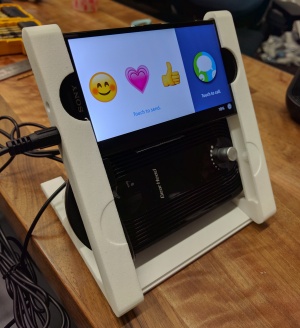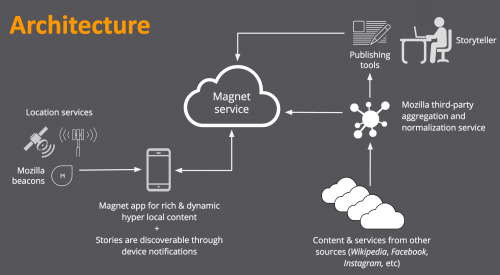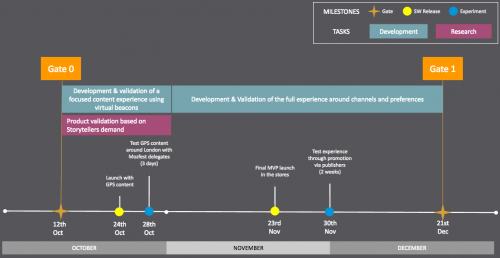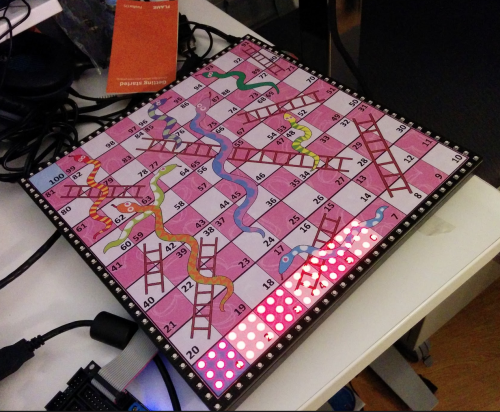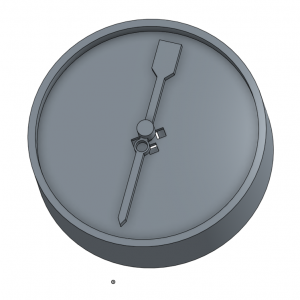Connected Devices Weekly Update/2016-10-13
Jump to navigation
Jump to search
<< Connected Devices Weekly Updates Home
| Program | Passed Gate | Status | Notes | |
|---|---|---|---|---|
| Project Sensor Web | Cindy/Jean | Gate 1 | On Target |
|
| Project_Haiku (taking in Project Smart Display) | Liz/Joe/Mahe | Gate 0 | On Target |
|
| Platform and Tools | Sandip/Nicole | N/A | On Target |
Breaking down near/medium term Platform goals
Weekly Notes:
|
| Voice Platform - Deep Speech | Sandip/Nicole | N/A | On Target |
|
| Abigail | Preeti/Julie | Gate 0 | On Target |
Prototype Development and Testing
Work Week Goals
Schedule
|
| Project Magnet | David/Maria | Gate 0 | On Target |
Vision
Problem Statement
Product
|
| Project HomeWeb | Ben/Mahe | Gate 0 | On Target |
Home Monitoring System Gate 0 approved, pending allocation of resources (otherwise known as "people"). Wiki page: https://wiki.mozilla.org/Connected_Devices/Projects/HomeWeb Next steps:
|
| GameON! | Candice/Julie | Pre Gate 0 | On Target |
Product Definition
Engineering
|
| Lighthouse | Preeti/Julie | Gate 0 | On Target |
Engineering
User Study with Prototype
Schedule
|
| PocketID | Francisco | Pre Gate 0 | On Target |
|
| Participation Update | Michael/Brian | -- | On Target |
|
| Market Developments Update | Irina |
| ||
| Other Announcements / Questions | -- | -- | ||
